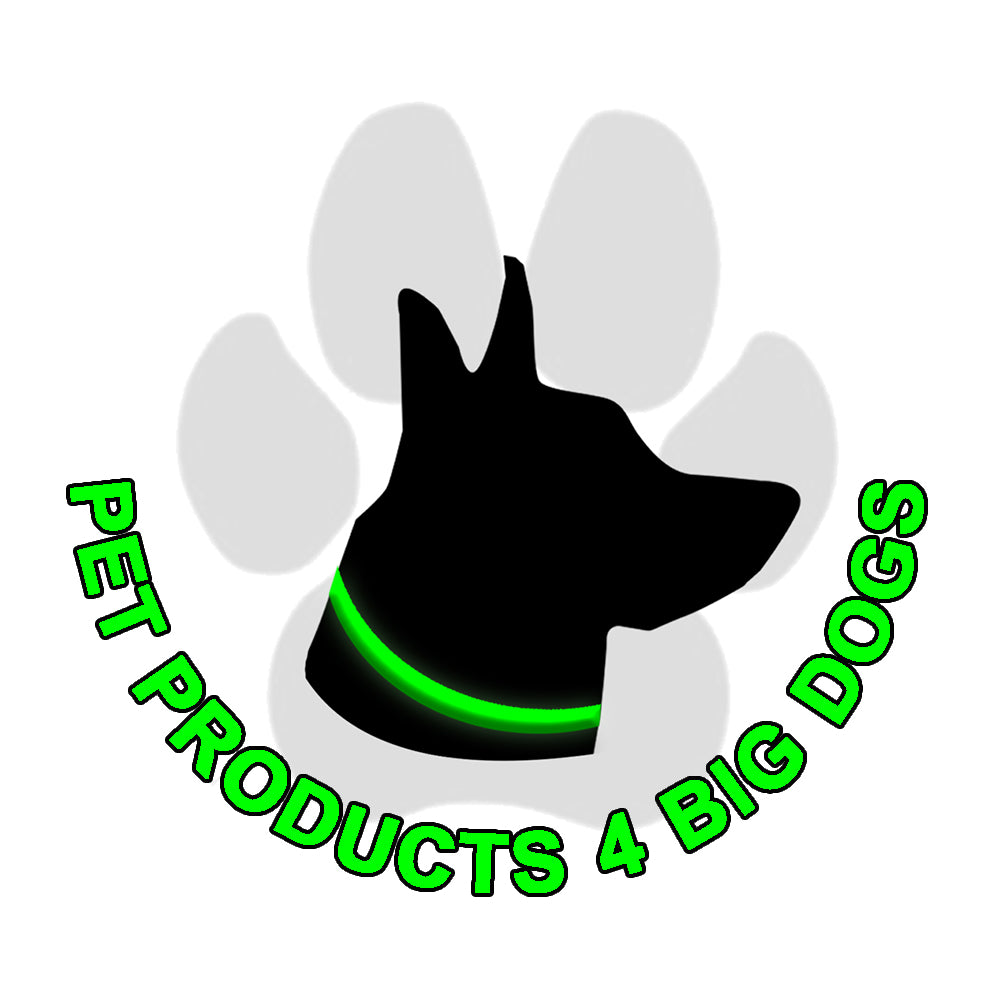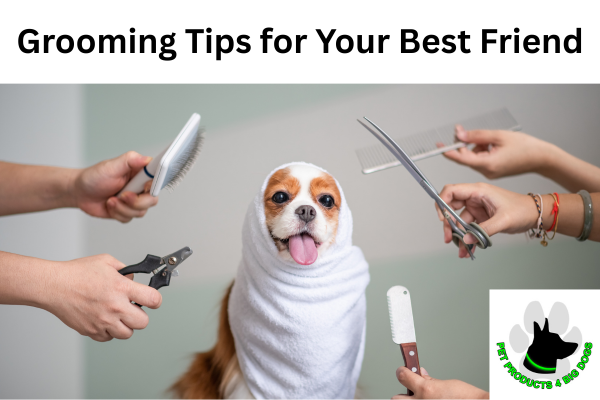Whilst not an expert groomer, I’ve spent decades (yep decades) grooming dogs from an owner's perspective. My first experience was literally grooming and trimming our pet poodle. I should say, poor BoBo looked like no fancy pedigree after my attempts, but I think at the time I was about 12 years old.
Over the years, I’ve owned all sorts of dogs, from BoBo the poodle, to a King Charles Cavi, to Shepherds, Rottweilers and Labradors. So yes, dogs big and small and all sorts of coats.
Grooming Tips
Brushing
To me, brushing is a must. Some breeds (like the Cavalier) really need daily, whilst Caesar (Rotty, Shepherd cross) with short hair was fine once a week. Thing is, the more you brush (especially in malting season) the less you have to empty your vacuum cleaner. Plus, with longer haired dogs, it means less knots and tangles. Brushing your dog's hair/fur not only helps keep them clean and reduce excess fur and hair around the place, it’s actually therapeutic for both you and your dog.
When it comes to the brush (or brush and comb) wow, the choices are incredible. I think there are more choices for dog brushes on the market than human ones. Really, again, this comes back to the dog. Dogs like German Shepherds with their double coats do well with a rake. A comb works well to get out minor tangles and ensuring nothing is caught in the coat. Like with your own hair, if you just tug, it’s going to hurt. So if there is a bit of a burr or knot, hold the hair close to the skin and pull gently. A bad experience in this department is going to have your pooch running out the back door every time they see a brush.
On this note, I recommend you start early with a new dog or puppy. Start early, do it frequently but keep the time short initially. Just so they get used to the concept. Soon, the most tense dog will be sleeping, or at least relatively relaxed by the experience. Calm wording and being relaxed yourself helps and well, a treat afterwards never goes astray.
Even if you go to a groomer every 4-8 weeks, you’ll need to brush between, otherwise your groomer may well ‘sack you’ plus if a dog gets very matted, it hurts – not only at the time of removal but also just walking and moving.
Brushing is also a great time to watch out for any ticks – if you feel something, be sure to check it out and take appropriate action.
Remember that seasonally, it’s normal for dogs to lose a fair bit of hair. It’s a Shephard joke, that you can put together enough shredded hair to make a second dog. But your dog should never be looking bald or patchy. If the shed is excessive or there are patches, this can be a sign of poor nutrition or a health issue; best investigate or see your vet.
Bathing
Again, this varies from breed to breed, location to location, season to season, dog to dog and activity to activity. If you’ve a very short-haired dog who mostly likes inside and doesn’t get into the dirt, doesn’t smell, then you might be fine to wash your pooch once every 3 months.
However, if you’re dog is out there getting into all sorts of fun, gets dirty and then needs to come inside, well, a wash more often is needed. Remember though, that washing too often will remove their natural oils in their coat, so often it’s recommended not more than every two weeks.
When it comes to a bath for my dogs, well, I’m a softie. A hose outside in the middle of a Queensland summer is fine (almost appreciated) but in winter, it’s warm water. Wet your dog first, put some shampoo in your hand and lather up on their coat. Avoid the ears and nose, and mouth. Once fully lathered, then you can rinse off with fresh (warm) water. Never make the water so hot (I test on the inside of my wrist, just like you do with a baby’s bottle) and try to avoid getting water in their ears. Once you’re finished, towel dry and then let run around, sit in the sun or even take for a walk in the sun. In winter, I always wash my dogs late morning or lunchtime, so they’ve time to dry before it gets cold.
Nail Trimming
Nail trimming may not be needed for the dog who does a lot of walking, especially on concrete footpaths. Natural surfaces may naturally wear down their nails and keep control. However, if you don’t walk a lot on concrete, or your dog is getting older, and simply doesn’t walk that far, you will need to trim their nails.
I highly recommend you start this early (as a pup) and make it a habit. Even if it’s just a tiny trim so keep them used to the sensation. Dogs naturally don’t like their paws being held, so it takes a bit of getting used to. Their nails should be cared for, as if they chip or break, that can become quite painful.
Very importantly, don’t forget their dew claws, which usually are only on the front legs. They don’t get that natural wear, so it’s very important to not miss trimming these, as otherwise, they can catch and literally get torn off and cause injury.
Take care when trimming dogs' nails to not go too short; if you go too low, you’ll hit the vein in their nail which will cause bleeding.
Part of nail trimming, if they have hairy paws, I always like to trim their paws too, including between the pads. The pads are a rougher surface which helps them not to slip. Furry paws on tiles etc, can lead to slipping, which can lead to other problems, such as torn ligaments etc.
Dental Care
I’ll be honest, I’ve not had success yet with a dog and a toothbrush … but I think like anything, keep trying until your doggo gets comfortable. I tend to instead use things like bones or chew toys to help with keeping their teeth clean.
Ear Care
Excessive earwax or junk and dirt in the ear (or water) can cause problems. After a bath, I like to use a dry cotton ball or piece of gauze purely to dry the ear. Also at other times, you may (perhaps once a month, at the time of giving them their monthly worm and tick treatment) also clean their ears. Again, the cotton ball or piece of gauze dampened with hydrogen peroxide or a liquid ear cleaner (for dogs) works well. Don’t push too hard and don’t push anything in, rather, scooping out. For hygiene reasons, I always like to have one cotton ball per ear and not cross over with the same. I figure if there is any contaminant, then let’s not cross-contaminate.
Eye Care
The makeup remover pads work a treat for this. Firstly, wash your hands. You are going to be touching near their eyes. Just fold in half and dampen with fresh water and wipe from the tear ducts away towards the end of the eye. The lining of the eyes should be pink, not white or red and there should be no discharge. If there is, then gently remove any crusts in the corner. Again, I like to use a separate pad for each eye. Finally, wash your hands.
We hope you found these tips useful … happy grooming!

